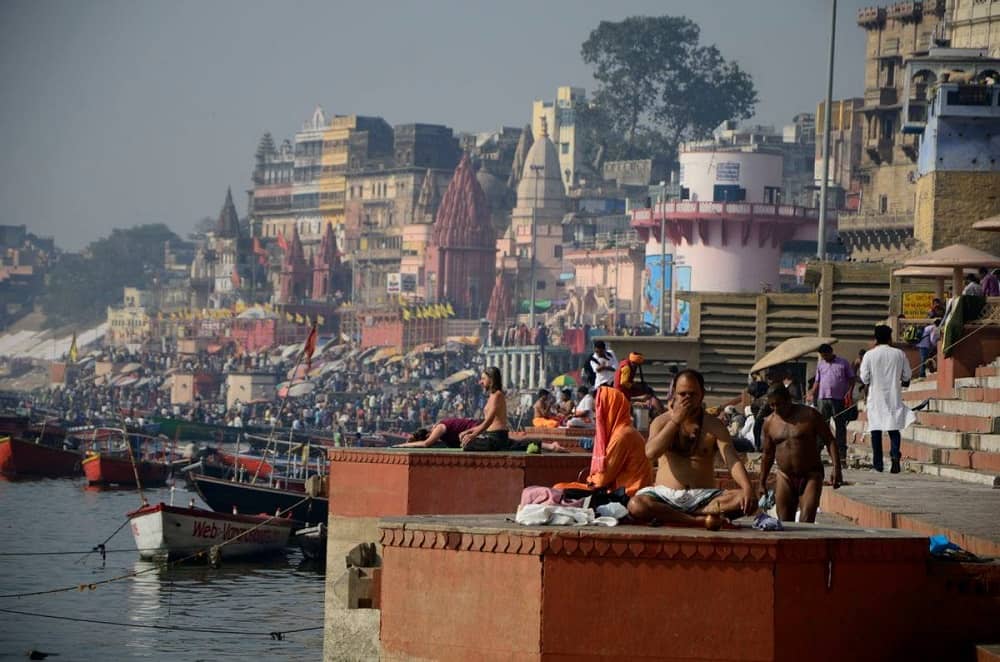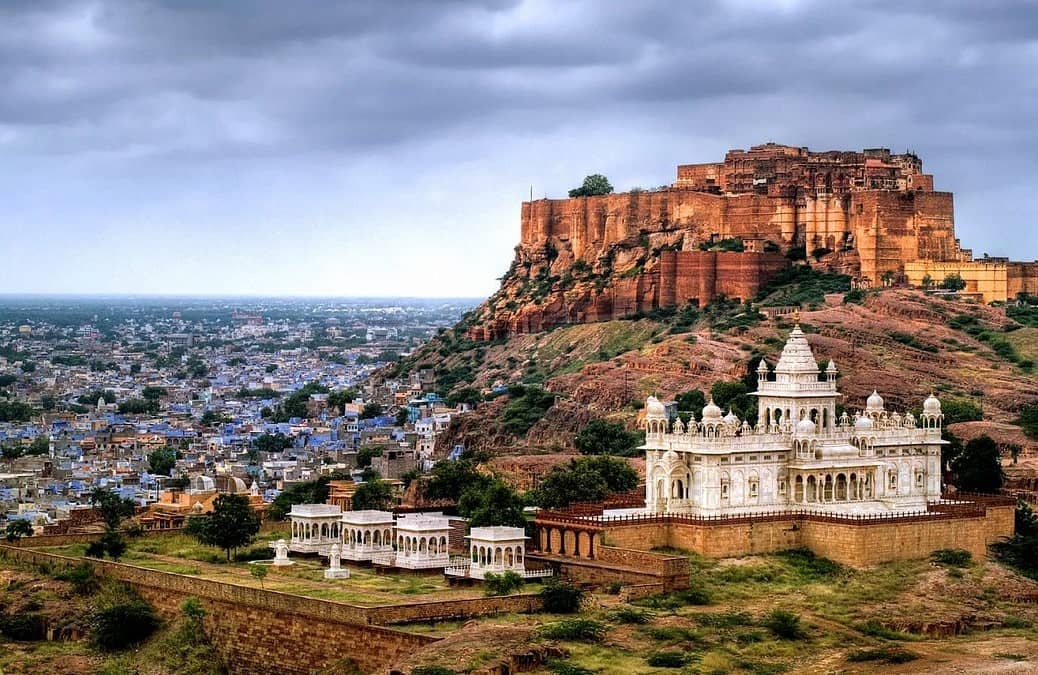Varanasi Kashi Vishwanath Temple: A Spiritual Landmark
The Varanasi Kashi Vishwanath Temple is revered as one of the twelve Jyotirlinga temples, where Lord Shiva is believed to have manifested as a column of light. Situated on the western bank of the Ganges, the temple is dedicated to Shiva, who is honored here as Vishwanatha or Vishweshwara, meaning “Lord of the Universe.” The temple is located in Vishwanath Gali, an area steeped in religious significance.
Overview: Varanasi Kashi Vishwanath Temple
According to Hindu beliefs, visiting the Varanasi Kashi Vishwanath Temple and performing ablutions in the Ganges are essential steps on the path to moksha (liberation). This temple is a vital pilgrimage site and continues to be a focal point of spiritual devotion and reverence.
The Varanasi Kashi Vishwanath Temple is known for its daily rituals, including a series of Aartis (ceremonial worship). The schedule for these Aartis is as follows:
- Mangala Aarti: 3:00 a.m. to 4:00 a.m. ( Varanasi Kashi Vishwanath Temple )
- Bhoga Aarti: 11:15 a.m. to 12:20 p.m. Varanasi Kashi Vishwanath Temple
- Sandhya Aarti: 7:00 p.m. to 8:15 p.m. Varanasi Kashi Vishwanath Temple
- Shingara Aarti: 9:15 p.m. to 10:15 p.m. Varanasi Kashi Vishwanath Temple
- Shayana Aarti: 10:30 p.m. to 11:00 p.m. Varanasi Kashi Vishwanath Temple
During the Mahashivaratri festival, the temple hosts a grand procession from the Mahamrityunjaya Temple to the Varanasi Kashi Vishwanath Temple, reflecting the city’s deep spiritual traditions.
The Kashi Vishwanath Temple, located in Varanasi, Uttar Pradesh, is one of the most revered and significant Hindu temples in India. It is one of the 12 sacred sites where Lord Shiva is believed to have manifested as a Jyotirlinga, or a column of divine light.

Situated on the western bank of the sacred Ganges River, the temple is dedicated to Shiva, who is worshipped here as Vishwanatha or Vishweshwara, meaning the “Lord of the Universe.”
This temple has a rich history, with its origins possibly dating back over a thousand years. The Mughal emperor Akbar authorized a major reconstruction of the temple in 1585, but his great-grandson Aurangzeb ordered its destruction in 1699. Using the debris from the temple, Aurangzeb built a mosque nearby.
The present structure of the Varanasi Kashi Vishwanath Temple, often referred to as the Golden Temple due to the gold plating of its domes and spires, was reconstructed in the 18th century by Ahalya Bai of the Holkar dynasty.
The temple architecture features intricately carved columns, beams, and walls, showcasing the beauty of Indian craftsmanship. The inner sanctum, accessible only to Hindus, houses a smooth black lingam, standing 2 feet (0.6 m) tall and 3 feet (0.9 m) in circumference, resting on a silver pedestal.
Surrounding the main shrine are numerous smaller lingams and images of goddesses. To the north of the temple lies the Jnana Vapi, or the Well of Wisdom, believed to offer knowledge and enlightenment through its waters.
For devout Hindus, visiting the Varanasi Kashi Vishwanath Temple and bathing in the holy Ganges River are essential steps toward achieving moksha (liberation). Thousands of pilgrims flock to the temple daily, and the annual Mahashivaratri festival features a grand procession from the Mahamrityunjaya Temple to the Kashi Vishwanath Temple.

In Jodhpur, Rajasthan, another notable architectural marvel is the Jaswant Thada, a white marble memorial built in 1899 by Sardar Singh in honor of Maharaja Jaswant Singh II. This stunning example of Indian architecture stands as a symbol of heritage and beauty, often compared to the majestic temples of Varanasi for its intricate craftsmanship.
These landmarks not only represent the spiritual essence of Hinduism but also showcase the splendor of ancient Indian architecture, drawing countless visitors from across the world.
One of Varanasi’s most renowned temples is the Kashi Vishwanath Temple, often referred to as the Golden Temple due to its stunning golden spire. Dedicated to Lord Shiva, this sacred site holds immense significance in Hinduism. It was originally built in 1780 by Maharani Ahilyabai Holkar of Indore, a notable Maratha queen.
The temple’s prominence was further enhanced with the launch of the Kashi Vishwanath Dham Corridor by Prime Minister Narendra Modi in 2021. This project included a remarkable renovation of the temple complex and established a direct connection between the temple and the Ganges River.
This renovation has significantly increased the number of visitors, with the temple now attracting an average of 45,000 pilgrims daily in 2023, making it one of the most frequented Hindu temples in India.
SEO Keywords: Kashi Vishwanath Temple, Golden Temple Varanasi, Lord Shiva temple, Kashi Vishwanath Dham Corridor, Jyotirlinga temples, Varanasi pilgrimage, Mahashivaratri procession, daily Aartis, Mangala Aarti, Bhoga Aarti, Sandhya Aarti, Shingara Aarti, Shayana Aarti, Varanasi temples




Comments are closed.